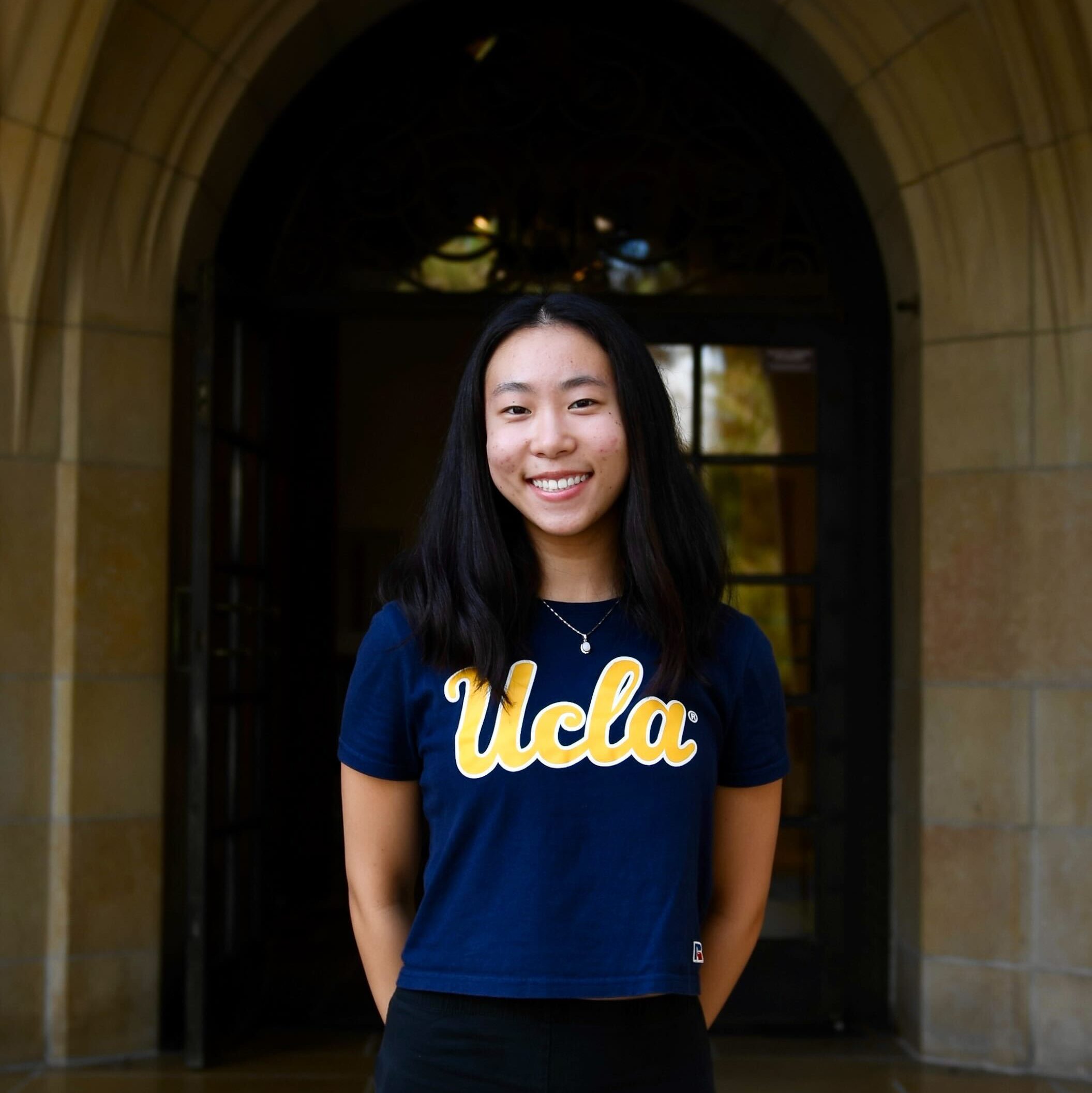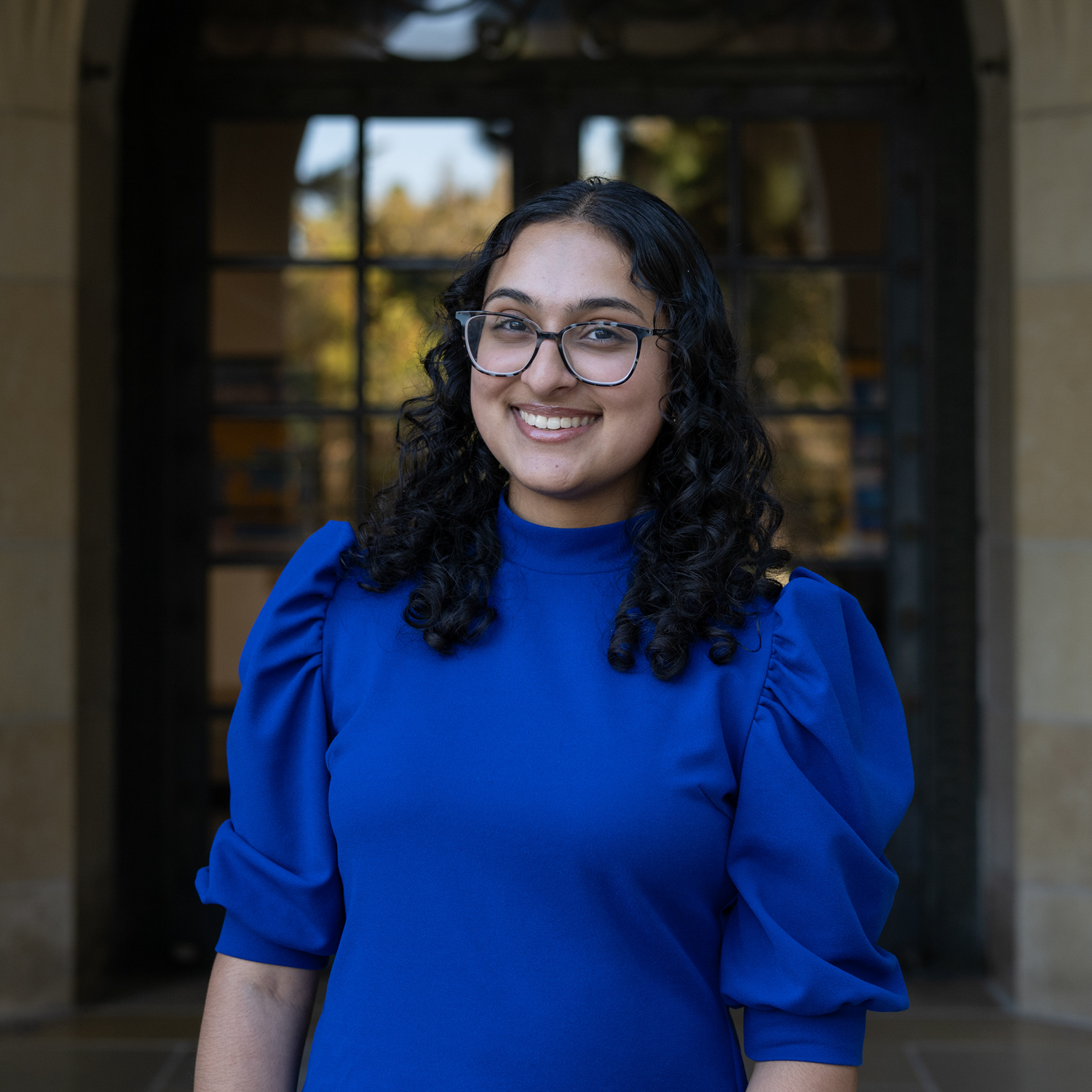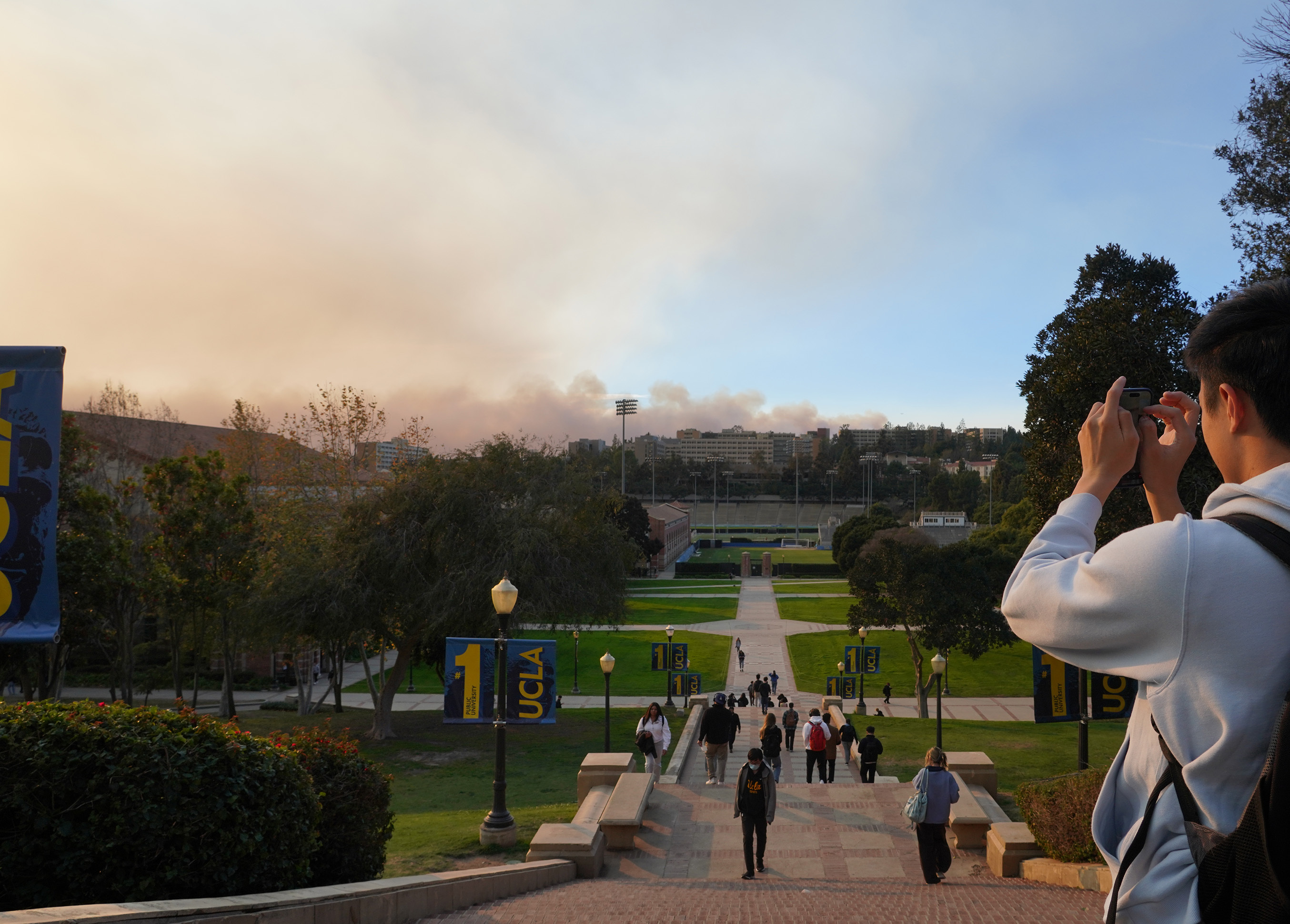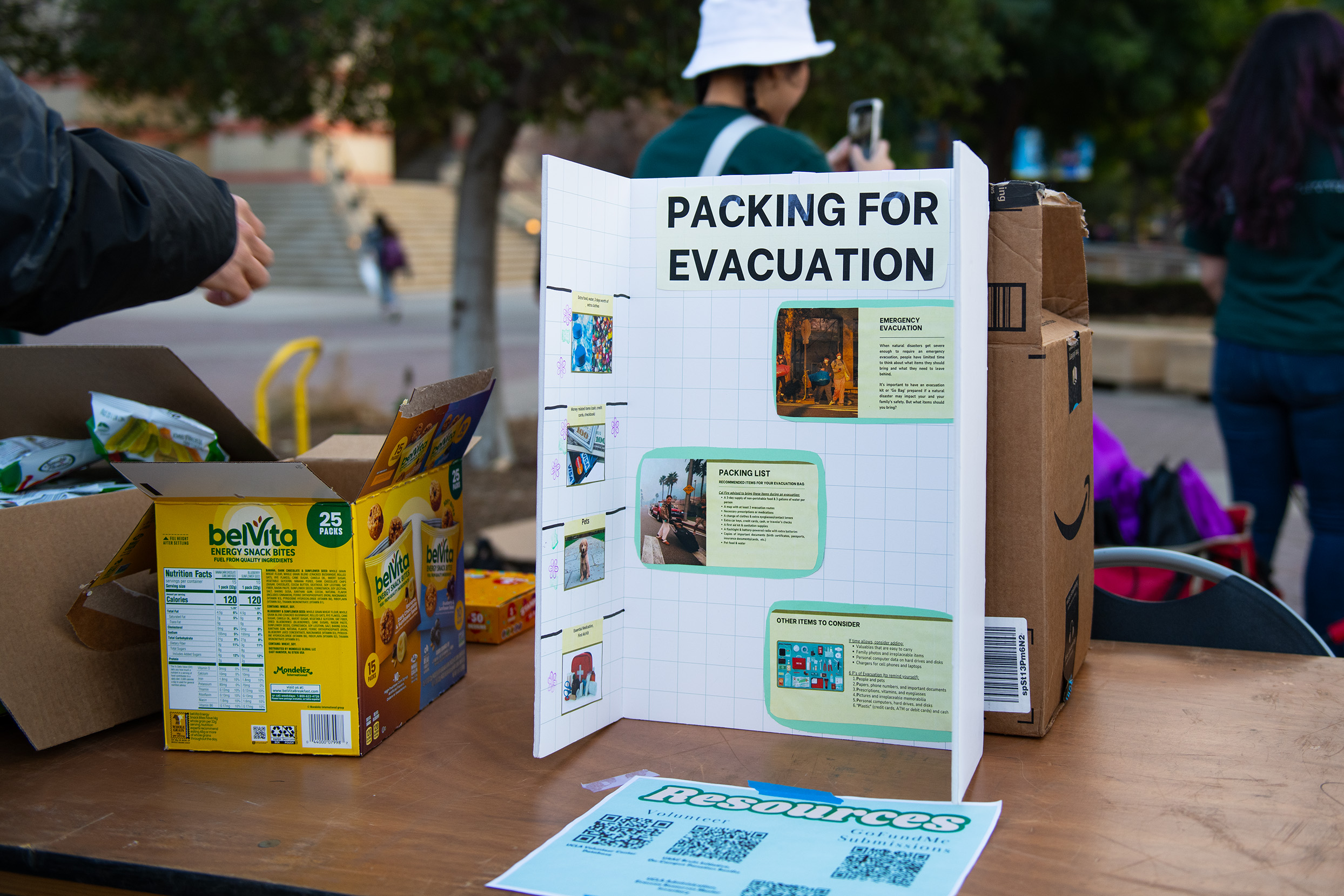UCLA students create website to keep community informed during LA wildfires

A computer displaying the Westwood Wildfire Watch site is pictured. Kyle Jeong, a third-year mathematics of computation student, spearheaded the development of the site. (Leydi Cris Cobo Cordon/Daily Bruin senior staff)
As multiple wildfires burned in Los Angeles County, Kyle Jeong came back to his dorm to find his roommate switching between computer tabs.
As he left UCLA to return home, Jeong had an idea – a single website for the Bruin community to stay updated.
Multiple fires have burned around LA County since Jan. 8, with fires in the Pacific Palisades, Pasadena, Altadena and Sylmar burning over 57,000 acres in total, according to the California Department of Forestry and Fire Protection, or Cal Fire, website. Students have been relying on campus communication, the Cal Fire website and the Watch Duty app to receive updates on the situation.
[Related: LA COUNTY FIRES]
Jeong, a third-year mathematics of computation student, said he launched the Westwood Wildfire Watch website Jan. 13. Since its launch, the site has received over 1.35 million requests from users to access the webpage and 38,000 visits, he said.
The website is a one-stop-shop for information Westwood residents may need about the fires – including a map of active fires, red flag warning zones and current evacuation areas, as well as an air quality monitor, BruinAlerts and live camera feeds, he added.
When the website was first posted, the server received high web traffic and crashed, Jeong said.
Jeong also said many of the clicks came from places outside of the United States. For instance, over 17,000 of them originated from India, something that likely resulted from international students checking the website, he added.
“It’s scary, especially for international students,” Jeong said. “It’s harder for them to just go back home, as opposed to me just driving back up to the Bay.”
Angelina Lue, a fourth-year computer science and economics student, said she came across the website after her roommate sent it in a group chat. At the time, she said she was living with a family friend to stay away from the fires and added that she appreciated that different pieces of information were collected in one place.
“The first night or two, I could see the fire from my apartment, and so that was really scary,” Lue said. “But being able to at least have some camera views of what was going on with the live camera feeds was super awesome. ”
Jennie Pham, a fourth-year linguistics and computer science student who assisted with the website’s design, said it is unique in that it provided an accessible way for the community to receive fire-related information in one place.
“Our website was very needed for people’s anxiety for the first few days of the fire, specifically with how it’s designed visually,” Pham said. “It gives a lot of peace of mind to be able to know this is a platform that’s specifically Westwood focused.”
Similarly, navigating the website was more convenient than scouring through multiple sources – such as the weather and Watch Duty apps – for AQI levels and detailed fire containment maps, Lue said.
Jeong said as a student studying a computer science-related major, he had experience with similar projects and built the site with artificial intelligence, coding the web page itself and finding data sources such as Cal Fire evacuation data. Jeong added that he then registered a domain through Cloudflare and spread word of the new dashboard on social media.
Anthony Asnaran, a third-year business economics student who spearheaded the website’s marketing, said he credits the success of the website to the team’s publicity work. After posting the website, the creators spread the word on as many social platforms as possible, including Reddit, GroupMe, group chats and LinkedIn.
“The way we approached it was more to educate everyone along these fires and be a helping resource,” Asnaran said.
Lue said Jeong’s team could further improve the website by adding an interactive map showing where the UCLA community could donate to local restaurants or relief centers. Using this feature would be more useful than finding lists of such services on social media, she said.
Jeong said this dashboard gained a lot of traction from real users, demonstrating the demand.
“I understood when I first made it, it was only going to be used for like, a week,” Jeong said. “Even if people use it for a week, that means it served its purpose.”
Jeong said the creation of this website aligned with the mission of Venture, Entrepreneurship, Startups, Tech, a student organization he founded that focuses on bringing technology startup culture into Southern California. Pham added that this project shows the potential for using startups to help the community.
“At the end of the day, we just wanted people to stay safe and be well informed in terms of these wildfire updates,” Asnaran said.







